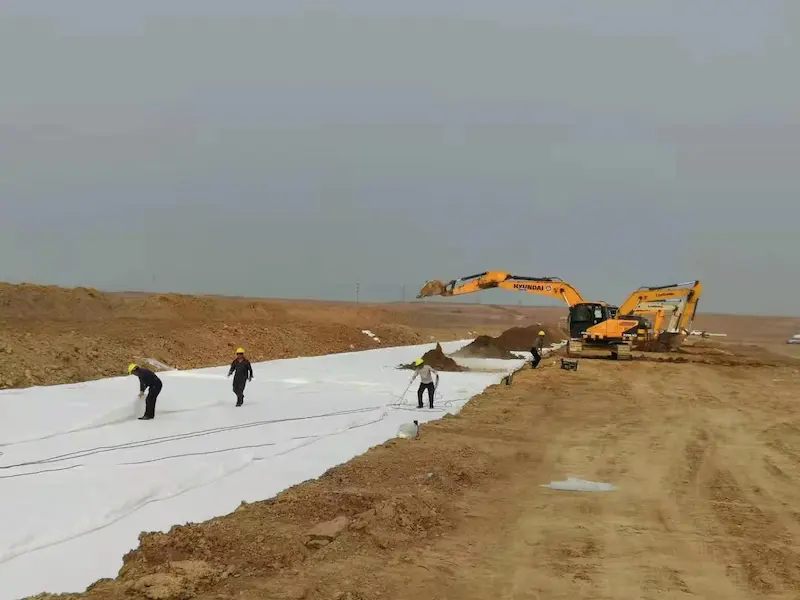Geogrid is a geosynthetic material usually made of high-density polyethylene (HDPE) or polypropylene (PP) with a grid-like structure. They have unique advantages in reinforcing soil, strengthening soil structure, and preventing soil erosion in civil engineering.
Geogrids can be used in many fields:
1. Reinforce soil: Used to support and reinforce soil walls, soil slopes, roadbeds, etc., to enhance the stability and load-bearing capacity of soil.
2. Soil improvement: Mix into the soil to increase the soil's pressure resistance, shear strength and drainage performance, and improve the soil texture.
3. Soil protection: used as slope protection material or lawn reinforcement material to prevent soil erosion and soil erosion.
4. Geotechnical engineering: used in earthwork engineering, roadbed reinforcement, river regulation, etc. to improve the stability and safety of the project.
5. Environmental engineering: used for wetland restoration, water body protection, abandoned mine management, etc. to improve the ecological environment and prevent pollution.
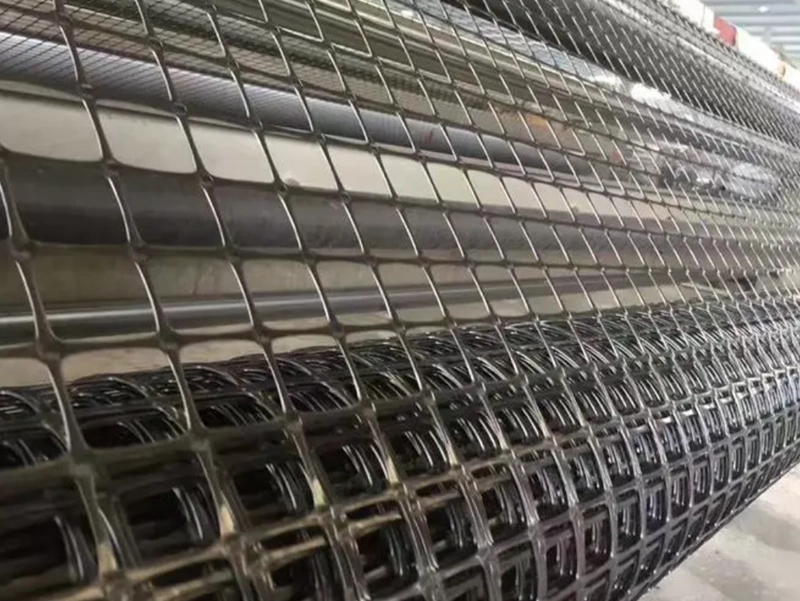
Geogrid in production
Geogrids have strong advantages in civil engineering construction:
1. High strength: Geogrid has excellent tensile strength and tensile properties, which can effectively enhance the stability and load-bearing capacity of the soil.
The advantages of geogrid’s high strength are mainly reflected in the following aspects:
(1) Strong load-bearing capacity: Geogrids are made of high-strength materials and have good load-bearing capacity and compression resistance. They can withstand large load pressures and maintain the stability of the soil.
(2) High tensile strength: Geogrid has high tensile strength in the tensile direction, which can effectively resist the tensile deformation of the soil, slow down the erosion and loosening of the soil, and enhance the stability and integrity of the soil.
(3) Good extrusion resistance: Geogrid can maintain shape and stability when subjected to extrusion force, and is not easily deformed or damaged, ensuring tight integration of soil and smooth drainage.
(4) Strong durability: Geogrids are made of weather-resistant and corrosion-resistant materials, have good anti-aging properties, can be used in harsh environments for a long time, and are not easily damaged by external factors.
(5) Good flexibility: The geogrid structure is reasonably designed, the material is soft and elastic, has strong adaptability, can be closely integrated with the soil, and is suitable for applications under various complex terrains and engineering conditions.
To sum up, the high strength advantage of geogrid makes it an important soil reinforcement and protection material in civil engineering. It can effectively improve the stability, durability and load-bearing capacity of soil and is widely used in roads, dams, and river embankments. , reservoirs, landscaping and other engineering fields.
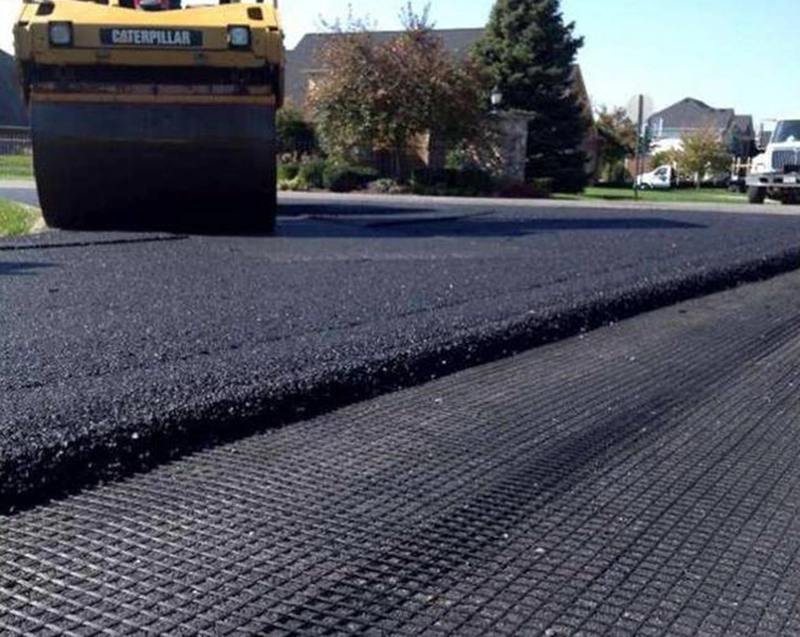
Geogrid under construction
2. Corrosion resistance: Made of polymer material, it has good chemical corrosion resistance and can remain stable in acid and alkali environments and saline-alkali soil.
The corrosion resistance advantages of geogrids in civil engineering are mainly reflected in the following aspects:
(1) Material selection: Geogrids are usually made of polymer materials (such as polyethylene or polypropylene, etc.), which have excellent corrosion resistance. They are not easily eroded by chemicals in the soil, microorganisms or dissolved substances in the water, and can respond to various environmental conditions stably over the long term.
(2) Chemical stability: Geogrid materials have good chemical stability and can resist the erosion of chemical substances such as acid, alkali, salt and alkali. Even in acidic or alkaline soil, no obvious chemical changes or corrosion will occur, maintaining good performance.
(3) UV resistance: Geogrid materials are usually specially treated and have good UV resistance. They can effectively resist ultraviolet rays from the sun and will not age, harden or become brittle due to long-term exposure to the outdoor environment.
(4) Anti-microbial erosion: Geogrid materials are not easily eroded by microorganisms (such as bacteria, fungi, etc.) and will not be degraded or damaged by the action of microorganisms. This allows geogrids to function stably in humid environments or sewage treatment and other scenarios.
(5) Comprehensive corrosion resistance: Generally speaking, geogrids have strong corrosion resistance and can maintain stability and performance under various soil, water quality and climate conditions, providing reliable soil reinforcement and protection solutions for civil engineering. .
To sum up, geogrids have excellent corrosion resistance in civil engineering, can stably cope with challenges under various environmental conditions for a long time, and provide long-lasting protection and support for projects.
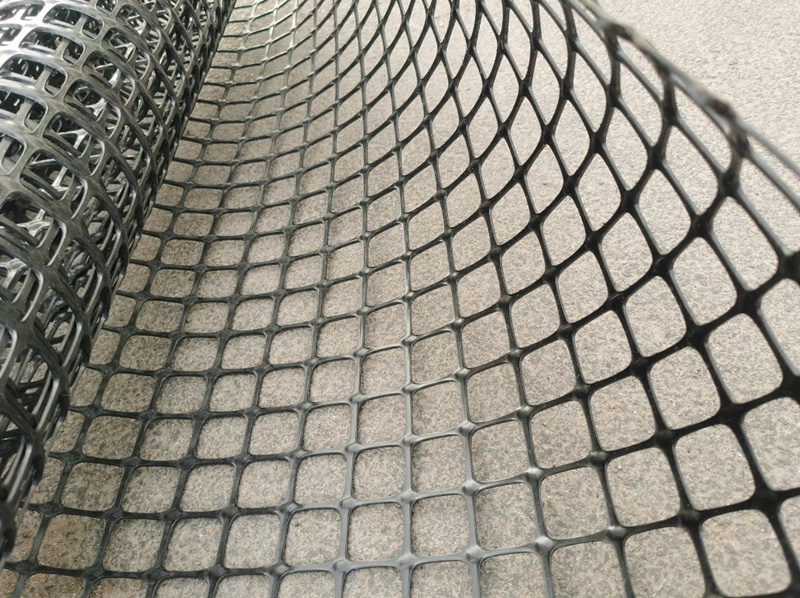
Geogrid is very flexible
3. Water permeability: The grid-like structure makes the geogrid have good water permeability, which is beneficial to soil drainage and ventilation, and prevents water and mud accumulation.
The advantages of geogrid water permeability in civil engineering are mainly reflected in the following aspects:
(1) Promote water penetration: The special structural design and material characteristics of geogrid make it have good water permeability. The void structure of the grid can promote the penetration of water, allowing water to quickly pass through the grid without being retained on the surface, thus reducing the risk of soil erosion.
(2) Maintain soil permeability: The water permeability of geogrid is not only reflected in the penetration of liquid water, but also includes the permeability of gas. By promoting water drainage and soil aeration, grids help maintain soil permeability and improve soil aeration levels, which is beneficial to plant growth and root development.
(3) Reduce surface water accumulation: During rainfall and other conditions, geogrids can quickly penetrate water into the ground and reduce the accumulation and retention of surface water. This helps prevent surface erosion and soil loss caused by pools and standing water while reducing surface water stress.
(4) Improve soil drainage conditions: By installing geogrids, soil drainage conditions can be effectively improved. The grid promotes the penetration and drainage of water, reduces water accumulation and waterlogging in the soil, improves the drainage performance of the soil, and is conducive to soil maintenance and improvement.
(5) Increase soil moisture reserves: Although geogrid helps with drainage, its permeability also means that it can penetrate water deep into the soil, increasing the soil's moisture reserves. This is especially important in arid areas or during dry seasons, helping to keep the soil moist and plants growing.
Therefore, the water permeability advantage of geogrids in civil engineering can effectively promote water penetration and drainage, improve soil ventilation and drainage conditions, reduce surface water accumulation and surface erosion, and increase soil moisture reserves, providing a feasible solution for the project. Ongoing soil and water conservation and management programs.
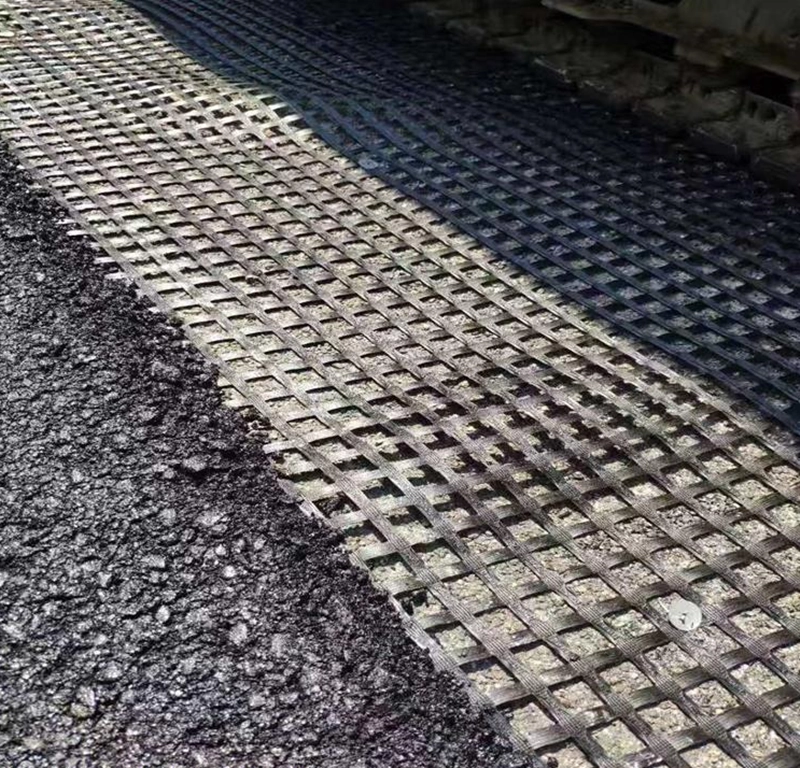
Geogrid paving subgrade pictures
4. Flexibility: Geogrid has good flexibility and adaptability. It can be bent, folded or cut according to project needs, and is suitable for various terrains and complex projects.
The flexibility advantages of geogrids in civil engineering are mainly reflected in the following aspects:
(1) Strong adaptability: Geogrids are usually made of soft polymer materials and have strong flexibility and plasticity. This enables geogrids to adapt to various terrains, landforms and engineering needs, and can be flexibly used in different civil engineering projects.
(2) Can be cut and sewn: The material structure of geogrid has a certain degree of shearability and sutureability, and can be cut and spliced according to actual needs. This allows the grille to be customized and adjusted according to engineering requirements to meet the needs of different engineering scenarios.
(3) Easy to install: Geogrids are usually lightweight and easy to carry and install. Its soft material and flexible structure allow the grating to be installed easily and quickly at the construction site, and can adapt to various complex terrain and landform conditions.
(4) Foldable and unfoldable: Due to the softness of geogrids, they can be easily folded into small sizes for transportation and storage, while also being able to unfold and return to their original form. This allows the grille to be unfolded and adjusted as needed when used on site, quickly and easily.
(5) Suitable for complex terrain: The flexibility of geogrids allows them to adapt to various complex terrain and landform conditions, such as mountains, hills, river banks, etc. Whether in flat areas or rugged mountains, geogrids can flexibly cope and play an important role in civil engineering.
In summary, the flexibility advantages of geogrids in civil engineering make them highly adaptable and plastic, able to meet the needs of different engineering projects, and provide convenience and flexibility for engineering construction.
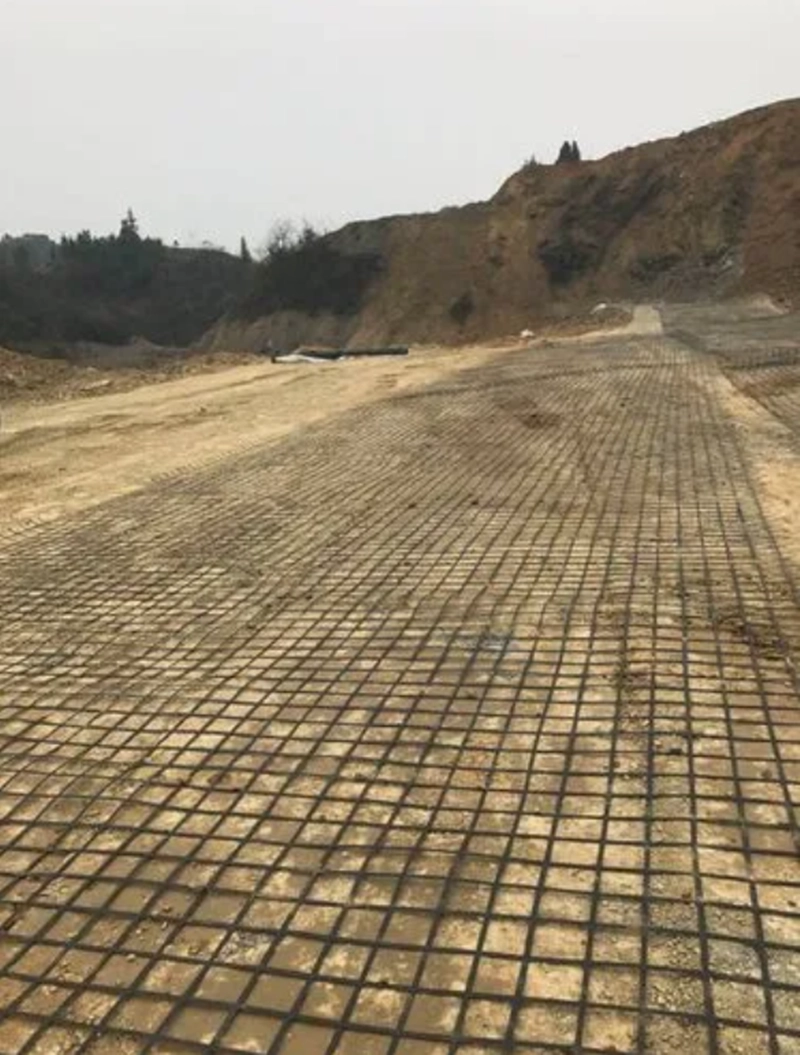
Geogrid under construction
5. Economy: Compared with traditional stone or concrete structures, geogrid construction is simple and low-cost. It can save material and labor costs and improve project efficiency.
The economic advantages of geogrids in civil engineering are reflected in the following aspects:
(1) Reduce construction costs: Geogrids are usually made of polymer materials, which have lower costs than traditional civil engineering materials (such as concrete, stone, etc.). The use of geogrids in civil engineering can effectively reduce construction costs, especially when applied to large areas, the cost advantage is even more significant.
(2) Reduce manpower and material resources: Geogrids are lightweight and soft, easy to transport and install, and do not require large mechanical equipment or a large amount of manpower investment. In comparison, traditional civil engineering materials usually require more manpower and material investment, resulting in increased construction costs.
(3) Improve project efficiency: The installation and use of geogrids are relatively simple and fast, do not require complicated processing and construction techniques, and can be quickly laid on the project site. This can save construction time, improve project construction efficiency, and reduce the cost of labor and mechanical equipment.
(4) Extend the life of the project: Geogrid has excellent anti-aging and corrosion resistance, which can effectively protect the surface soil and infrastructure and extend the service life of the project. Therefore, in the long term, the use of geogrids can reduce the frequency of maintenance and repairs and reduce the overall cost of the project.
(5) Adapt to complex environments: Geogrids have strong adaptability and can be used in civil engineering projects under various terrain and landform conditions. Whether it is a flat area or complex terrain, geogrids can flexibly cope with it, reducing the cost of engineering adaptation to the environment.
In summary, geogrids have economic advantages in civil engineering such as lower construction costs, simplified construction processes, improved engineering efficiency, and extended engineering life, making it one of the important materials in civil engineering.
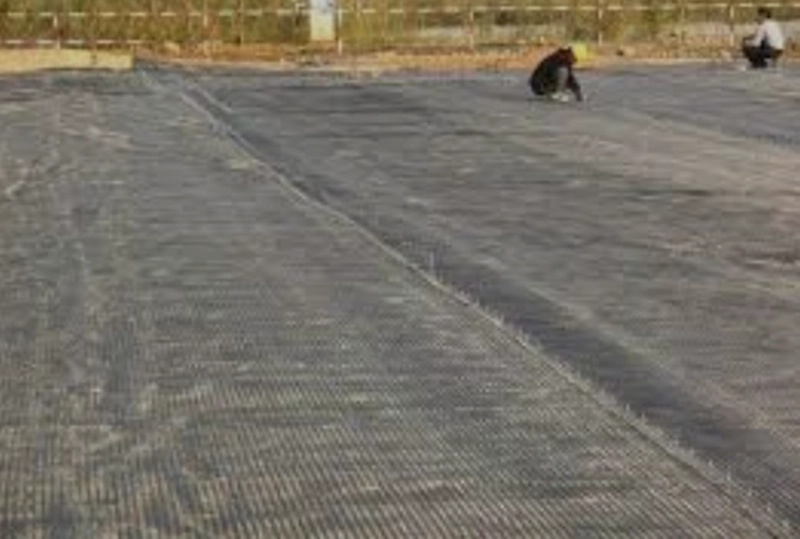
Geogrid under construction
In summary, geogrid, as an important geosynthetic material, has unique advantages in civil engineering and can meet different engineering needs and play an important role.
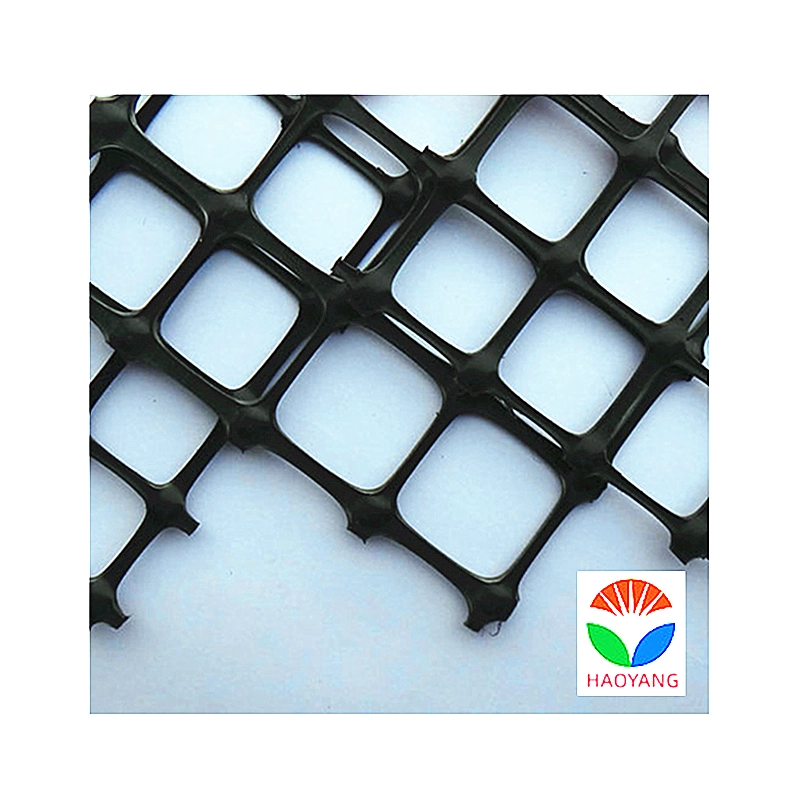
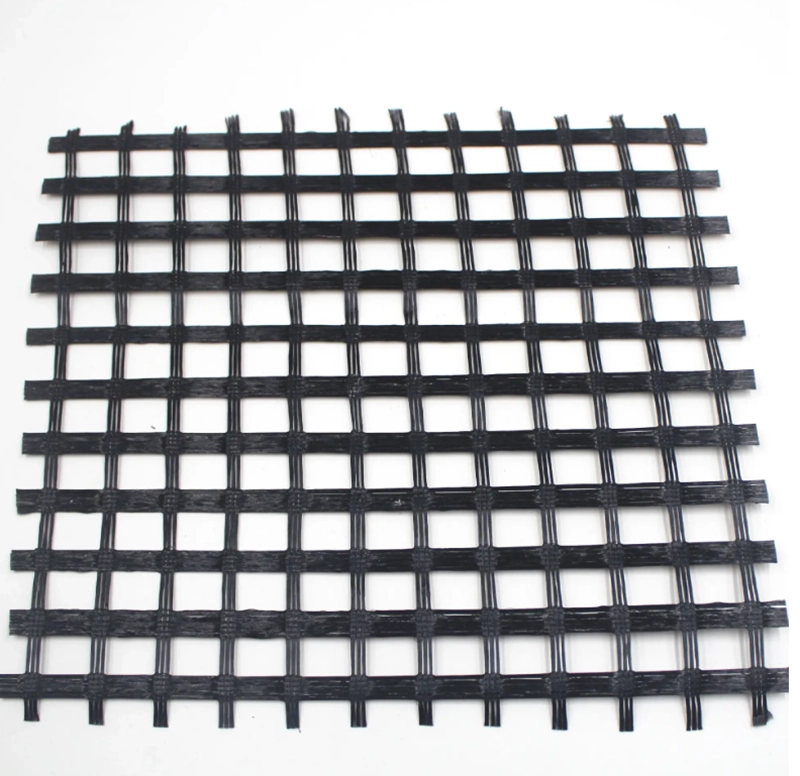
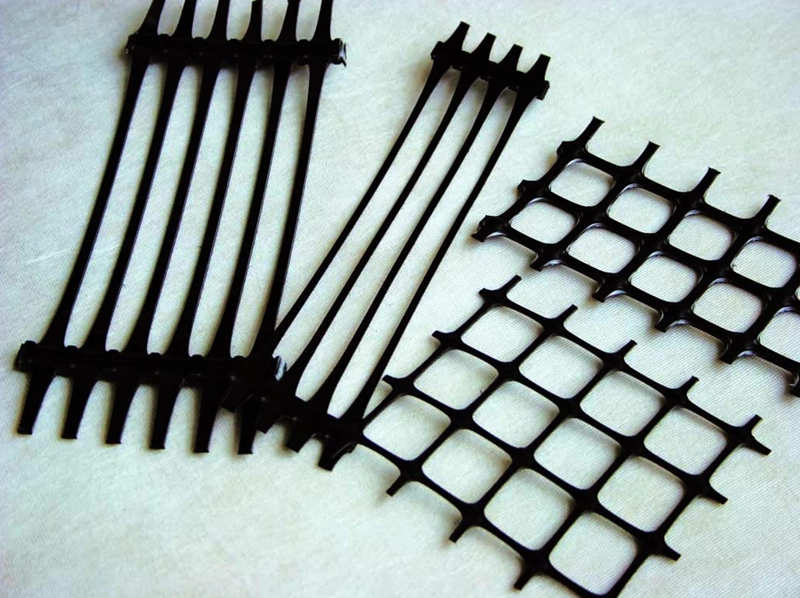
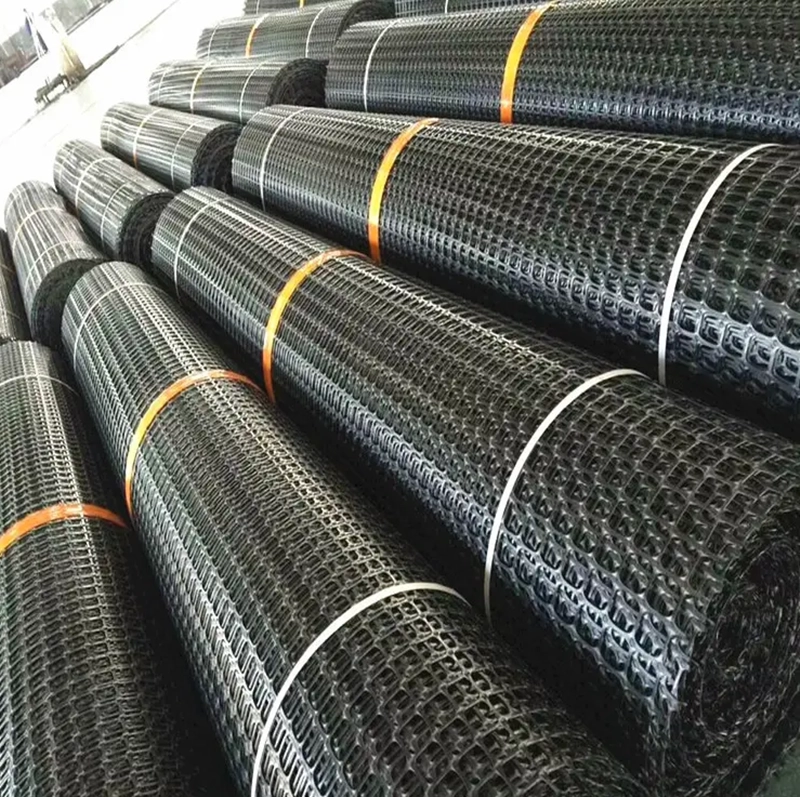
503.webp)
759.webp)
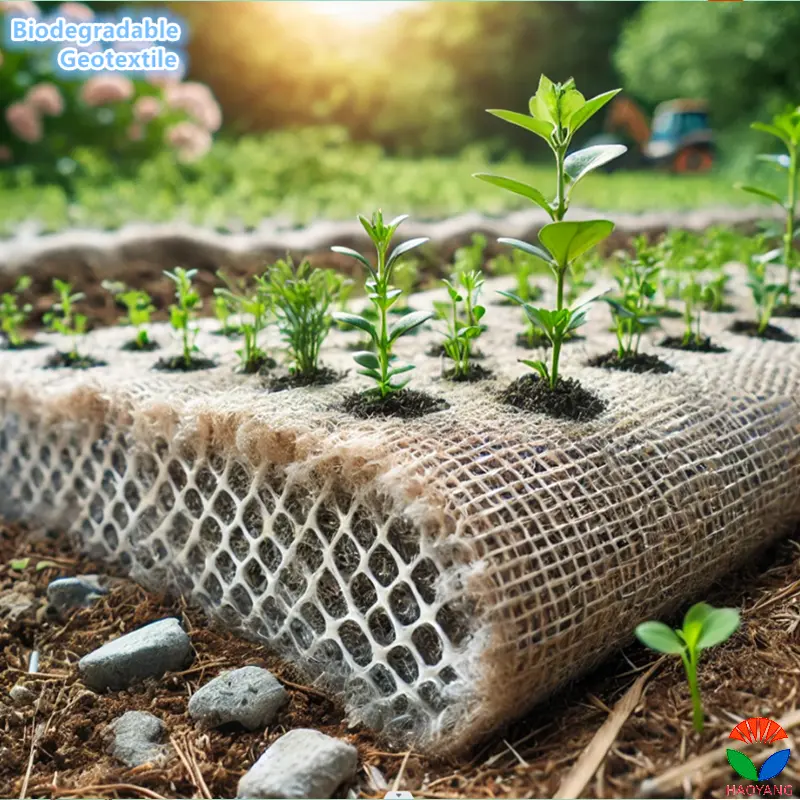
628.webp)
